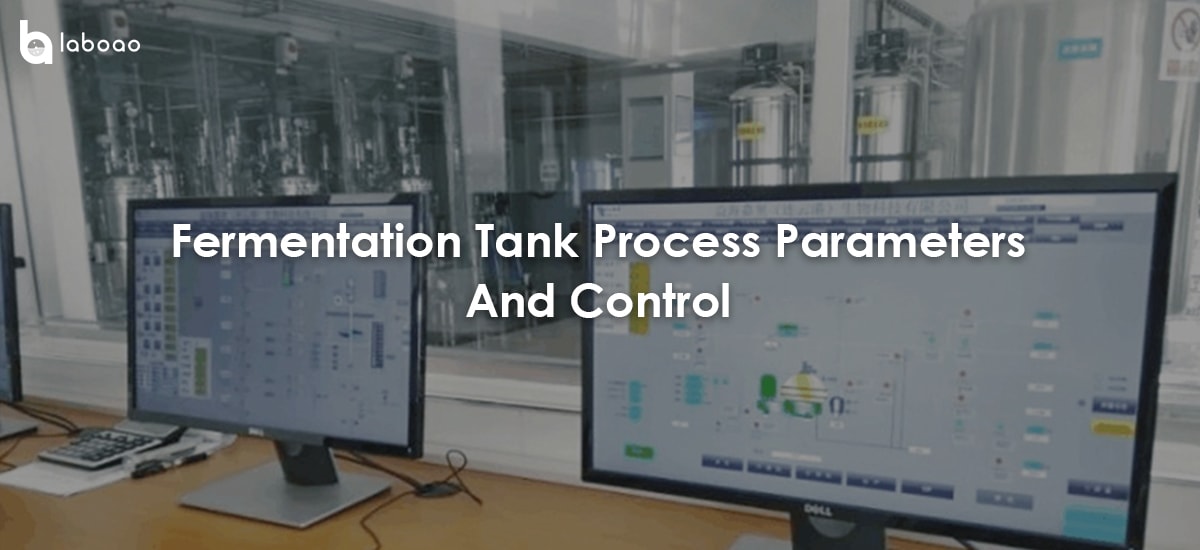
PART.01
Sterile environment
The first priority in the fermentation process is to ensure that the entire fermentation process is free from contamination. Once contaminated, it is very likely to cause the final fermentation result to fail, affect the entire production process, and cause economic losses. Therefore, it is necessary to ensure that the fermentation tank is operating under sterile conditions.
In order to ensure a sterile environment, the Laboao fermentation tank strictly seals the tank in accordance with process and GMP requirements, and uses a secondary sterilization filter to ensure clean and sterile air. Through online sterilization, the sterility and safety of the fermentation tank are guaranteed.
PART.02
Temperature
Each microbial growth has its own optimal growth temperature, most of which are between 30°C and 37°C. If it is too high, it will affect cell activity, and if it is too low, it will slow down cell metabolism. In addition, a large amount of heat is also generated during the metabolic activities of microorganisms, so measures must be taken to control the temperature.
The tank temperature can be controlled by controlling the heating and cooling amounts. When the temperature in the fermentation tank is lower (or higher) than a certain set value, the system will automatically turn on the heater (or cooling water solenoid valve) to control the fermentation. tank temperature purposes. Laboao's tank temperature control system can scientifically set parameters to control the temperature within the optimal growth temperature range of approximately ±1°C.
PART.03
Stir
The stirring device in the fermentation tank can keep the fluid in the fermentation tank in a state of motion and evenly distributed in the fermentation tank, ensuring the efficient operation of the fermentation process. Therefore, the design of the stirring system in the fermentation tank plays a key role in improving fermentation efficiency.
PART.04
PH value
The pH value of the fermentation broth is a comprehensive reflection of the acidity and alkalinity of various biochemical reactions during the fermentation process. Therefore, the pH value plays an important role in cell metabolism. The common pH range of animal cells is 6.9-7.4, and that of insect cells is 6.1-6.4. Bacteria at 6.5-7.5.
Because cell metabolism produces CO2 and lactic acid, the culture medium becomes increasingly acidic over time. The pH of the culture medium can be adjusted by adding acids or bases or by adjusting surface CO2 aeration. This is usually managed automatically by a controller, which compares the measured pH value to a defined setpoint and adjusts it in time.
PART.05
Pressure
During the fermentation culture, the pressure in the tank can be basically maintained constant. However, during the sterilization and cooling process, the negative pressure may collapse the tank and inhale unclean air from the environment, so a certain amount of air needs to be introduced to maintain pressure.
PART.06
DO value
Oxygen is not easily soluble in water, and the fermentation broth and microbial metabolites in the fermentation tank will reduce the solubility of oxygen during the fermentation process. Therefore, controlling DO is not only to increase beneficial metabolites in fermentation, but also to reduce costs and increase efficiency.
During the fermentation process, the DO concentration is affected and restricted by many factors in the fermentation tank. The purpose of controlling DO is to stabilize it within the expected value. Generally, DO in the fermentation tank is controlled through ventilation, stirring, and feeding.